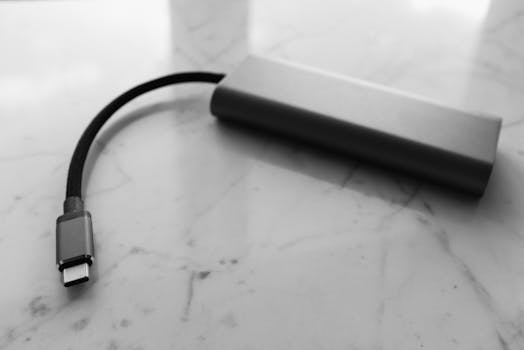The Power of Short Bursts: Boosting Productivity with the Pomodoro Technique
Harnessing the power of time can be a game-changer for productivity. In the bustling world of business, where every second counts, the Pomodoro Technique has emerged as a beacon of efficiency. This time management method, inspired by a kitchen timer, encourages individuals to work in short, focused bursts with brief breaks in between. The result? Enhanced efficiency, reduced burnout, and a transformed approach to the workday.

This article delves into the history, application, and potential benefits of this technique. It offers a glimpse into how mastering the ebb and flow of your work rhythm can lead to a seismic shift in productivity. Prepare to break free from the chains of procrastination and embrace a new way of working.
The Pomodoro Technique was developed in the late 1980s by Francesco Cirillo, an Italian university student struggling with productivity. Named after the tomato-shaped kitchen timer Cirillo used as a student ("pomodoro" is Italian for tomato), this technique is deceptively simple yet remarkably effective. It involves breaking down work into intervals—traditionally 25 minutes—separated by short breaks.
But why does this technique work? The answer lies in our brain's ability to focus. Research shows that our brains are not wired for long periods of intense concentration. Instead, they thrive on variety and change. By working in short bursts and taking regular breaks, we cater to our brain's natural rhythm, resulting in increased productivity and reduced mental fatigue.
Implementing the Pomodoro Technique is straightforward. First, choose a task or series of tasks. Set a timer for 25 minutes and commit to working on your task without interruption until the timer goes off. After each "Pomodoro," take a five-minute break. After completing four "Pomodoros," take a longer break—around 15-30 minutes—to recharge and reset.
The benefits of this technique are manifold. It helps combat procrastination by making large tasks seem more manageable. By breaking tasks down into smaller, more digestible chunks, it reduces the intimidation factor that often leads to procrastination. Additionally, the regular breaks help maintain a high level of mental energy and focus, preventing burnout and promoting overall well-being.
However, like any productivity method, the Pomodoro Technique is not a one-size-fits-all solution. It requires discipline and commitment to stick to the timer and resist distractions. Moreover, it may not be suitable for tasks that require long periods of uninterrupted concentration or those that cannot be easily broken down into smaller tasks.
As we navigate the complexities of the business world, the Pomodoro Technique offers a promising tool for boosting productivity. It invites us to rethink our approach to work, challenging the notion that longer hours equate to more productivity. Instead, it champions the idea of working smarter—not harder—by harnessing our brain's natural rhythm and leveraging the power of short bursts.
The Pomodoro Technique is more than just a time management method—it's a mindset shift. It encourages us to view productivity not as a marathon but as a series of sprints, each one bringing us closer to our goals. So why not give it a try? Set your timer, focus on your task, and discover how much you can achieve in just 25 minutes. You might be surprised at how this simple technique can revolutionize your workday and boost your productivity.
The journey towards increased productivity is not about drastic changes but about small, consistent steps. The Pomodoro Technique provides a practical framework for achieving this goal. By encouraging focused work periods interspersed with restorative breaks, it promotes a balanced approach to work—one that respects our brain's natural rhythm and fosters sustainable productivity. So whether you're an entrepreneur navigating the challenges of starting a business or an established professional looking to enhance your efficiency, consider giving the Pomodoro Technique a try. It could be the key to unlocking your productivity potential and transforming your workday for the better.